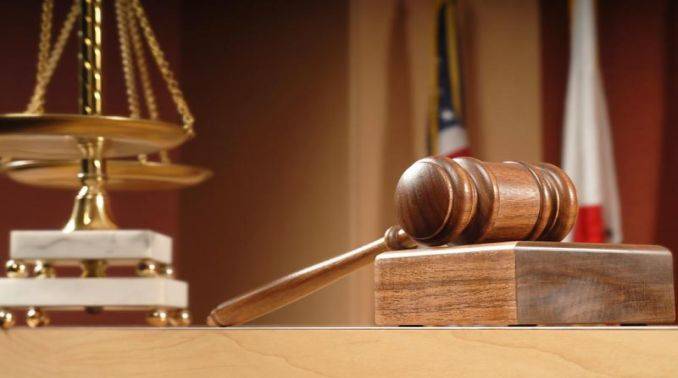This post was first published on 2nd September, 2014.
Today we will discuss a case where a patent was rejected based on the patent ineligible subject matter.
Mayo Collaborative Services (Appellants) and Prometheus Laboratories (Respondents)
Patents in Dispute: US 6,355,623 and US 6,680,302
Case: Prometheus had an exclusive license over these patents and Mayo was using diagnostic kits based on these patents from Prometheus until 2004 after which Mayo developed its own diagnostic tests for the same purpose. Prometheus sued Mayo for infringement at the District Court in 2004.
The claims of the patents were directed to a method of treating a patient with auto-immune gastrointestinal disorder by determining the level of metabolite produced subsequent to drug administration thus optimizing the dose of the drug to be administered.
Arguments:
Mayo argued that only the third step of the claims mattered which was non-patentable and Prometheus argued that the claims have to be considered as a whole and that so they were was new and patentable.
Judgments:
The District Court ruled in favor of Mayo affirming that the claims of the patent were directed to the laws of nature and hence was patent ineligible subject matter. The Court characterized the claims into three parts of administering, determining and optimizing and marked the first two steps as a mere data gathering making the third step a mere mental step of correlating the level of metabolite with dose adjustment and pointed out that the metabolite is a product of nature and not as a result of inventor’s effort and rejected a patent grant under 35 USC §101.
Prometheus appealed at the Federal Circuit where the District Court’s ruling was reversed making the claims patentable. In its decision, the Federal Circuit remarked that the claims have to be taken as a whole and that the first two steps were not mere data gathering but rather steps that involve transformations and that the entire process involves an application of the fundamental principle and not the fundamental principle alone.
Mayo appealed at the Supreme Court who remanded the case back to the Federal Circuit granting certiorari to consider the case in light of its decision on Bilski vs. Kappos where the Supreme Court had made the ‘Machine or Transformation’ ruling secondary, making it only a tool to assess patentability under 35 USC §101. The Federal Circuit with this consideration also ruled in favor of Prometheus supporting that the claims were patent eligible.
The Supreme Court took up the case in the second appeal of Mayo and reversed the Federal Circuit’s decision and upheld the District Court’s ruling, thus supporting that Prometheus’ claims were patent ineligible subject matter. The Court pointed out that the first two steps were merely a correlation between the metabolite, therapeutic efficacy and toxicity without involving much innovative application of the fundamental principle and held it to be a natural law. The Court concluded that newly discovered laws of nature and application of the discovered laws with the already known elements in the art were non-patentable.
Conclusion: Though the case drew a controversy in the patenting of method claims especially creating chaos in the biotech industry, it clarifies that claims involving the application of laws of nature to be patented should involve an innovative step rather than mere drafting expertise to cover the entire process.



